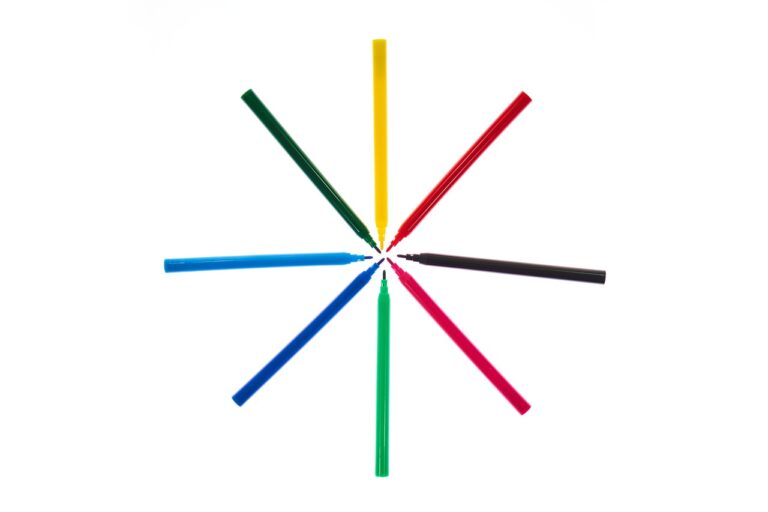The Evolution of Textbooks: From Print to Digital
Traditional printed textbooks have long been the primary source of education material for students across the globe. From elementary schools to universities, physical textbooks have been an integral part of the learning process for generations. With their durable covers and tangible pages filled with knowledge, printed textbooks have served as valuable tools for students to study and reference information.
In the past, printed textbooks were the only option available for students to access educational content. Teachers relied on these physical books to design their lessons and students carried them in their backpacks from class to class. The evolution of traditional printed textbooks has been slow but steady, with advancements in printing technology and changes in educational pedagogy shaping the way these textbooks are designed and used in classrooms.
Rise of E-books and Digital Textbooks
The advent of e-books and digital textbooks has revolutionized the way people access educational materials. With just a few clicks, readers can now download entire textbooks onto their devices, eliminating the need to carry around heavy physical books. This convenience factor has appealed to many students and educators alike, making learning more accessible and portable than ever before.
Moreover, digital textbooks offer interactive features that traditional printed books cannot match. Embedded multimedia elements, hyperlinks to additional resources, and search functions within the text enhance the learning experience. Students can engage with the material in a more dynamic way, increasing comprehension and retention. As technology continues to advance, the possibilities for e-books and digital textbooks are limitless, paving the way for a more immersive and personalized educational journey.
What is the main difference between traditional printed textbooks and e-books?
The main difference is that traditional printed textbooks are physical books made of paper, while e-books are digital versions that can be read on electronic devices such as e-readers, tablets, and smartphones.
Why are e-books and digital textbooks becoming more popular?
E-books and digital textbooks are becoming more popular due to their convenience, portability, and accessibility. They can be easily carried around on electronic devices, can be easily searched and annotated, and are often more cost-effective than printed textbooks.
Are e-books and digital textbooks as effective as traditional printed textbooks for learning?
Numerous studies have shown that e-books and digital textbooks can be just as effective as printed textbooks for learning. In fact, some studies have even found that students using digital textbooks have higher engagement and retention rates.
Can e-books and digital textbooks be accessed offline?
Many e-books and digital textbooks can be downloaded for offline access, making them convenient for studying in places with limited or no internet connectivity.
Are there any environmental benefits to using e-books and digital textbooks?
Yes, using e-books and digital textbooks can help reduce paper usage and ultimately save trees. This makes them a more environmentally friendly option compared to traditional printed textbooks.





